A Hodgepodge: July, quickly passing July!
Mademoiselle's 1953 Summer writing series featuring Sylvia Plath, Bauhaus, and: are you thunder or lightning?
❥This email may be truncated in your inbox. To make sure you are reading the entire post, please move yourself along to a web browser!
All photographs and words here are my own, unless otherwise stated. More from me + Absolument can be found in these places: Website | Instagram | Book Recs. Merci, thank you for reading!
❥ ❥ ❥ ❥ ❥ ❥ ❥ ❥ ❥ ❥ ❥ ❥ ❥ ❥ ❥ ❥ ❥ ❥ ❥ ❥ ❥ ❥ ❥ ❥ ❥ ❥ ❥ ❥ ❥ ❥ ❥ ❥ ❥ ❥ ❥ ❥ ❥ ❥ ❥ ❥ ❥ ❥ ❥ ❥ ❥
A 1935 issue of Mademoiselle magazine conjured up the ideal way to live out your summer fun.
“Fine summer days are best spent lying on a striped mat under a pine tree: a Pacific bull pine, an Atlantic spruce, or a Caribbean casuarina. There should be a pile of reading stacked beside you and a beau you can read the funny parts to. Later on, lunch could be a can of jellied consommé with a lemon and a dish of unsweetened fruit, kept in an ice chest during the long, hot morning. The afternoons are for swimming lazily with a snorkel, sitting in a sailboat in a flat calm, browning your back for a dancing dress or more just watching the sun-spotted water and sky with your finger in a book.”
This has me thinking: I need more jellied foods and a sailboat! For now, I have lots of ideas pulsing through me, per usual, and *check, check, check* on the huge stack of reading!
Are you thunder or are you lightning?
Sophie Haigney wrote charmingly and with great humor about dichotomies for The Paris Review and every now and then, I’m reminded of it. Especially during a summer storm. Such an innocent question carries so much load! Are you thunder or lightning?
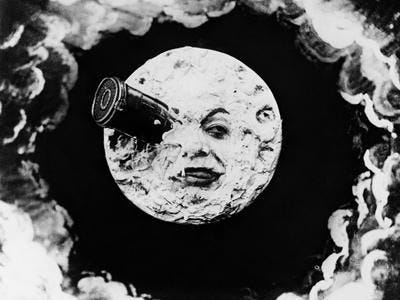
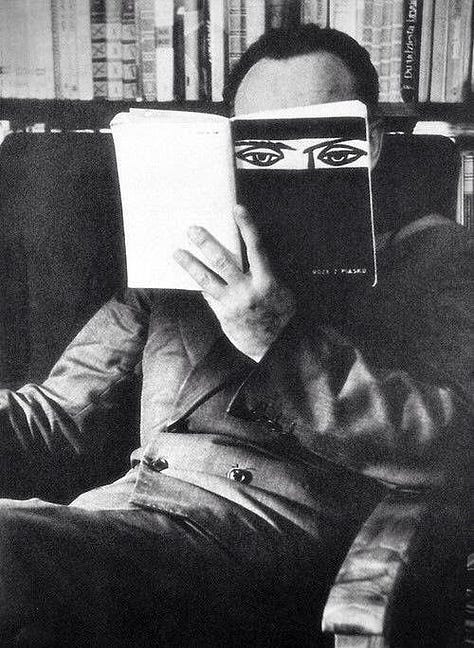
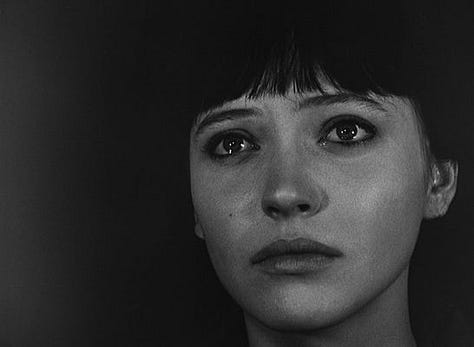
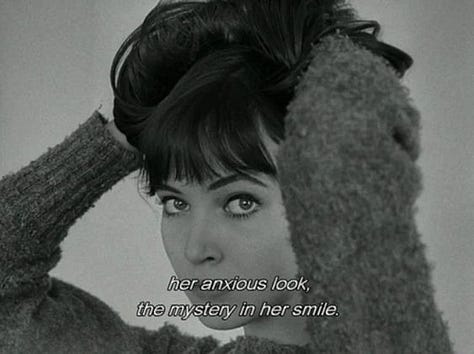
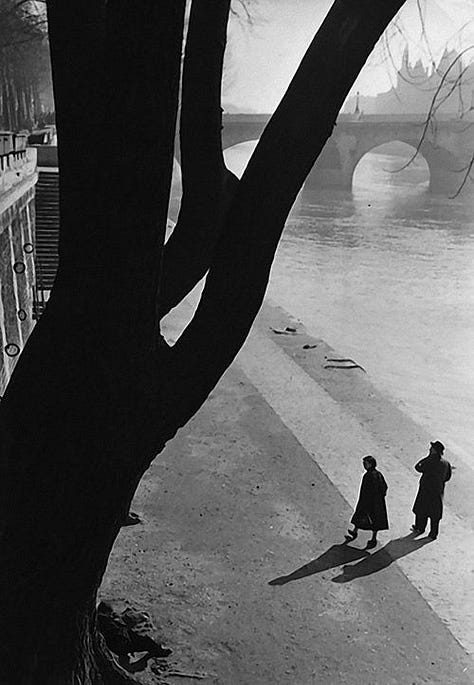
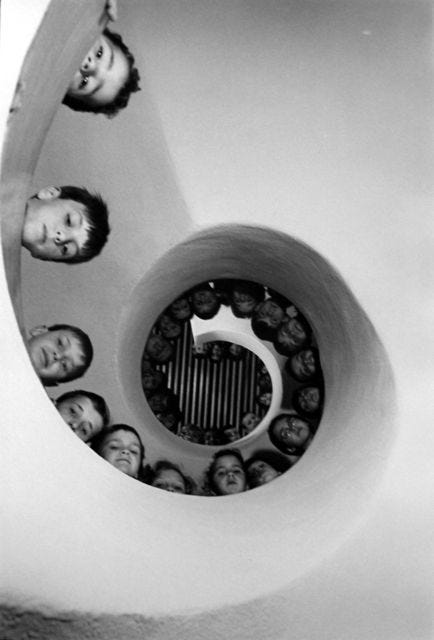

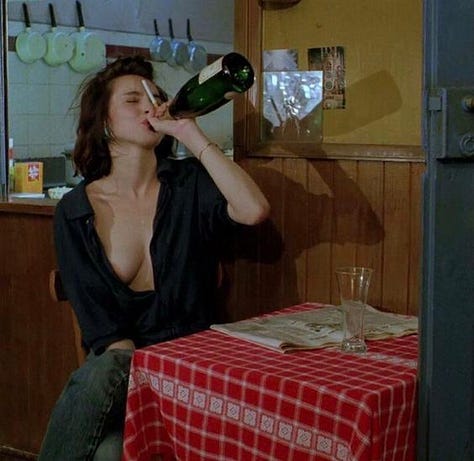
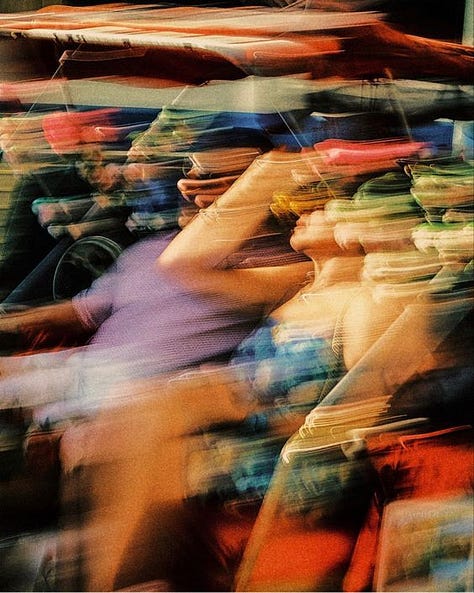
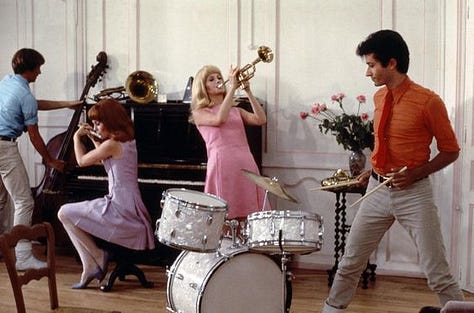
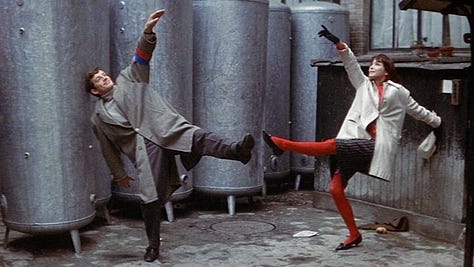
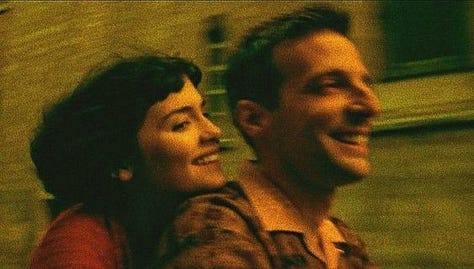
I have always liked categorical statements that are obviously wrong. When someone says to me “This is the way the world works,” I get very excited, even though of course nobody knows how the world works. Or, even better: “There are only two types of people in the world.” This statement is usually followed by two binary qualities that could be used to define and divide all of humanity. Such a proposition is clearly ridiculous and, to me, deeply appealing. This is perhaps why my favorite game is called Dichotomies.
The game originated because my friends and I are always talking about our other friends. One night my friend Nick and I began idly categorizing people we knew, somewhat arbitrarily, as either thunder or lightning. We knew immediately who was which: Nick and I are both lightning. Our friend Ben: thunder. Alex: lightning. Graham: thunder. Lily: thunder, though maybe she has a bit of lightning too? We discussed and debated. This dichotomy is a good one in part because of its ambiguity; not everyone interprets it quite the same way, but everyone has a strong instinct for what each category might mean, and a sense of who might be which. Our attempts at categorizing people opened up some interesting questions: Was so-and-so outgoing, or actually quite shy? Did he make a big impression at first, or grow on you later? Was there a certain kind of power in being thunder and a different one in being lightning? Which would you rather be? And why was it so easy to tell the difference?
…
All summer long I thought of other ways to divide the world in half: New Hampshire/Vermont, Picasso/Matisse, punk/hippie, still/sparkling, IPA/lager, Beatles/Stones, France/Italy, Bob Weir/Jerry Garcia, glamour/charisma, hater/enthusiast, ellipsis/etc., elusive/available, green/blue, beer/shots, Yankees/Mets.
…
Maybe this sounds boring, or annoying (boring/annoying is a classic dichotomy), but I’ve had some of the most interesting conversations of my life while playing this game.
Read the entire writing here—it’s short and worth it!
I think I’m inherently more of a lightning gal. Which one are you???
B is for Bauhaus
The World of Interiors celebrated their 500th issue at the start of summer with an alphabet of themes found in their archives. I loved so many of them, but connected most—unsurprisingly—to Leyla Spratley’s B is for Bauhaus entry. I admired her use of the word straitjacket in relation to the Bauhaus artists’ abilities. You have to read more about it in the article! Also, as I see photographs of these artists in their fullest form of expression and exploration, I often begin to imagine that getting an education there as being the best (year-long) summer camp you could ever attend.
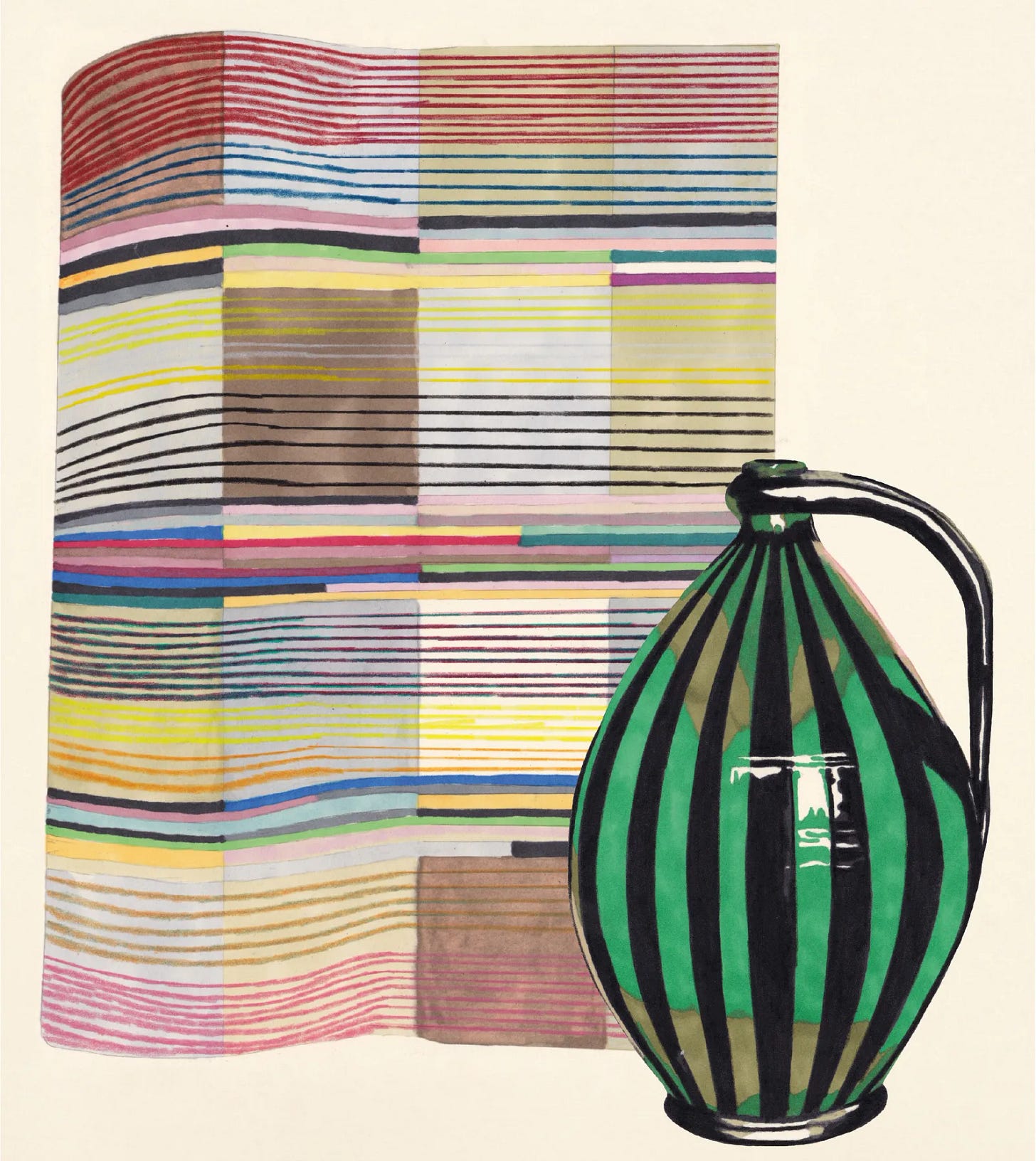
‘Flats with a great deal of glass and polished metal: Bauhaus style. Tubular-steel armchair frames: Bauhaus style. Everything written in lower-case: bauhaus style.’ So goes the ironic programme, written in 1930, that kicked off Frank Whitford’s ‘Strictly Bauhaus’ feature for us in February 2000. In fact, the school was always a busy medley and, artistically, anything but strict—a little like our own stories, in fact. As Whitford put it then, ‘no-one could have made a straitjacket large enough to restrain its members’ talents’—from pottery to puppetry, metal-working to weaving (WoI April 1998), the school’s motley crew have peopled our pages in all their glorious diversity.
That said, we’ve always loved the headline acts: the multipurpose gismos and clever curves born of the Bauhaus’s idealistic functionalism—which resulted, often, in idealism made functional. Take Walter Gropius and Marcel Breuer’s Frank House, with its bentwood sofas, cantilevered staircase and, naturally, shoe-polishers built into the walls (WoI Oct 2020). Or the culinary ‘laboratory’ of Grete Schütte-Lihotzky (WoI May 2005) – though she wasn’t a Bauhausler herself, the architect’s Frankfurt kitchen was the logical conclusion of its analogue in the school’s Haus am Horn, her chief inspiration. Imagine yours with her Kochkiste, clever metal slots tucked in by the hob to keep your pans warm, or an ironing board that slides out over the sink. Practical poetry. The ultramarine paintwork wasn’t chosen for looks, of course, but because the colour repels flies. Compare to Wassily Kandinsky: ‘the deeper the blue, the more it beckons man into the Infinite’. Like we said, no straitjacket large enough.Read more here.
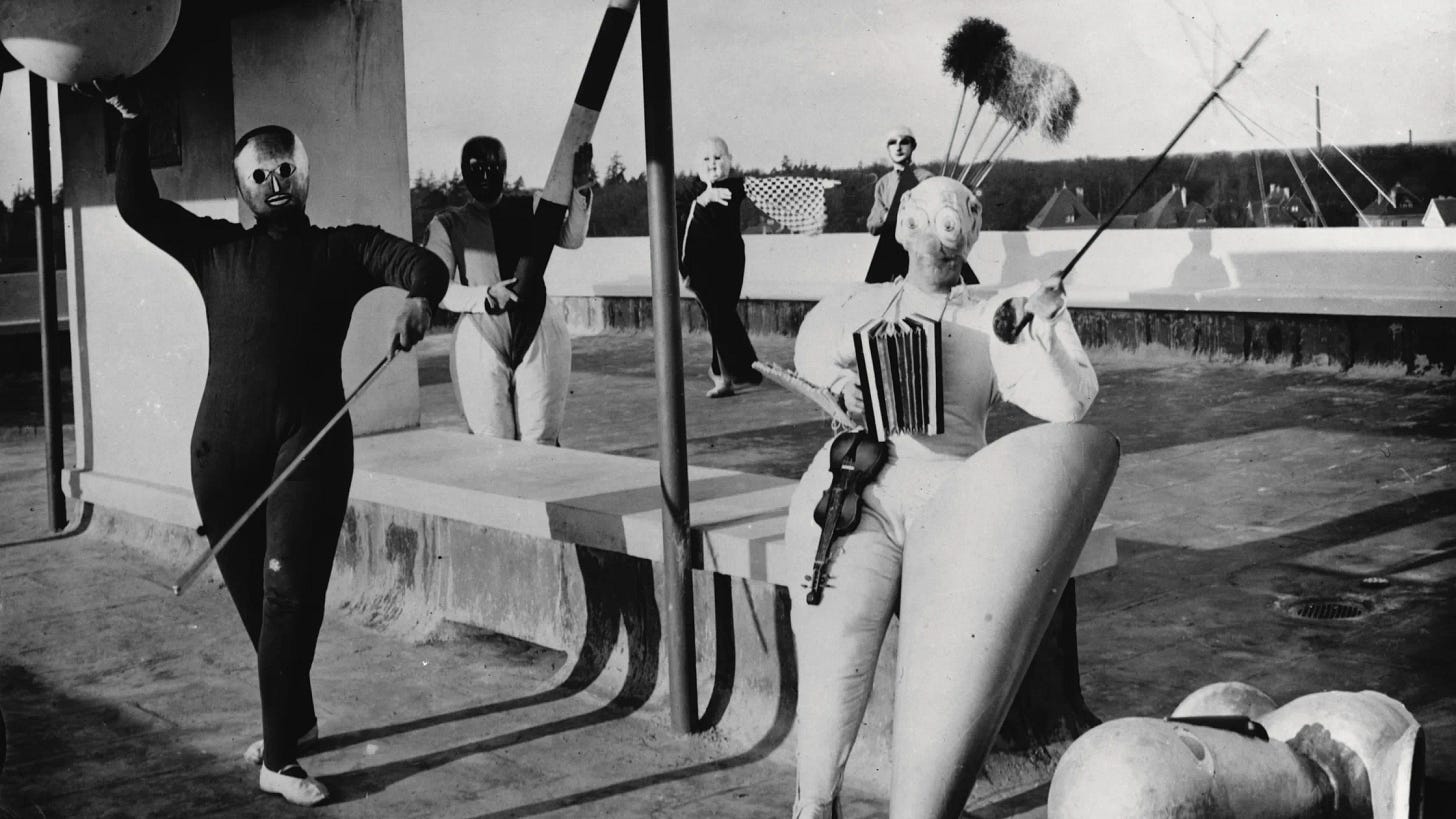
Mademoiselle’s 1953 summer issue
The Guardian introduced this topic in an enigmatic way: “Sylvia Plath travelled to New York City in June 1953 full of excitement and ambition about a guest editorship at Mademoiselle magazine. But soon her anticipation turned to suffering. She was to return home a changed person…”
In June of 1953, twenty college-aged female writers were selected by Mademoiselle to spend a month in New York City to help guest edit for the magazine’s university issue, published in August.
The Marginalian wrote of that month-long sejour:
“One of the most confounding and exhausting parts of the experience was that the girls were both charged with creating a product—writing and editing an issue of Mademoiselle—and simultaneously living that product, showing up neatly pressed to cocktail parties, attending lingerie shows. That June was hot during the week, and it rained every weekend, but the pressure remained to appear dewy and fresh each morning. The month was a mania of seeing and being seen, where every girl expected to be both the model and the mind.”
This experience has been attributed as the beginning of the “breakdown” of Sylvia Plath, the most starred writer to have been featured in the August issue.
“The college girl, the career girl, and the wife each had their set of accessories, and the choices women had—to be an intellectual, a mother, an editor—were characters to play, not lives to live.”
The novel Pain, Parties, Work, by Elizabeth Winder, follows Plath during this travel. Personally, I can’t wait to read it. A summary below:
Thoughtful and illuminating, featuring line drawings and black-and-white photographs, Pain, Parties, Work: Sylvia Plath in New York, Summer 1953 offers well-researched insights as it introduces us to Sylvia Plath--before she became one of the greatest and most influential poets of the twentieth century.
In May of 1953, a twenty-one-year-old Plath arrived in New York City, the guest editor of Mademoiselle's annual College Issue. She lived at the Barbizon Hotel, attended the ballet, went to a Yankee game, and danced at the West Side Tennis Club. She was supposed to be having the time of her life. But what would follow was, in Plath's words, twenty-six days of pain, parties, and work, that ultimately changed the course of her life.
Other Notes (of Summer):
I love listening to podcasts only while on airplanes. On a trip last week, I downloaded a ton of New Yorker Fiction episodes, where a famous person (often a writer) reads another writer, and then has a discussion with the host about it. I ADORE both Salman Rushdie and Italo Calvino, so this one jumped out at me instantly—like a bolt of lightning! I also enjoyed David Seders reading Miranda July’s Roy Spivey.
- also recommended this podcast about the death of artist Jackson Pollock in summer of 1956, and its direct effect on an even better artist, Lee Krasner.
Speaking of, The New Yorker boasted a Parisian Olympic-themed cover this week sang an ode to Jacque Tati’s Mon Oncle, which is an absolutely delightful film!!
As the host of this year’s Summer Olympics, France is hoping that the competitions and festivities will provide an opportunity for the country to capitalize on its rich culture. In his first cover for the magazine, the illustrator Paul Rogers presents beloved characters from the ‘Monsieur Hulot’ movies, created by the French filmmaker and actor Jacques Tati, as an enduring embodiment of the country’s spirit. ‘To take my mind off the U.S. elections, I imagined, What if Monsieur Hulot brought the Olympic torch to Paris?,’ Rogers said.

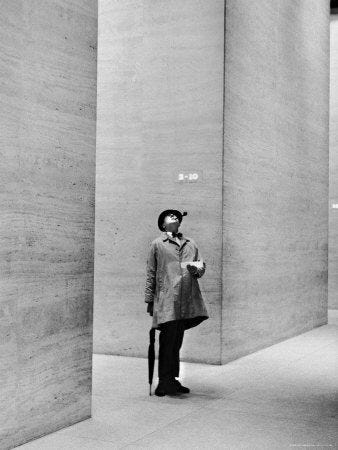
I’m loosely planning a week in Italy for our sort-of-delayed honeymoon, so I’ve been poking around while trying to learn about various cities. The art and architectural historian in me initially wanted to see Rome and Florence, and the family history nerd in me was thinking of Naples (my maternal great-grandfather was Neapolitan), but we landed on Venice! Travel tips are fully welcome. :) But anyway. On carving your girlfriend’s name into the Colosseum: Lampham’s Quarterly will be sure that the nickname “asshole tourist” follows you for the rest of time.
Two movements about clay. One, on Preserving Provençal Craft at Poterie Barbotine in the South of France. And two, the 18th International Architecture Exhibition in Venice showcased a beautiful terracotta installation by Francis Kéré. Both are as fiery and warm as the season we’re in.
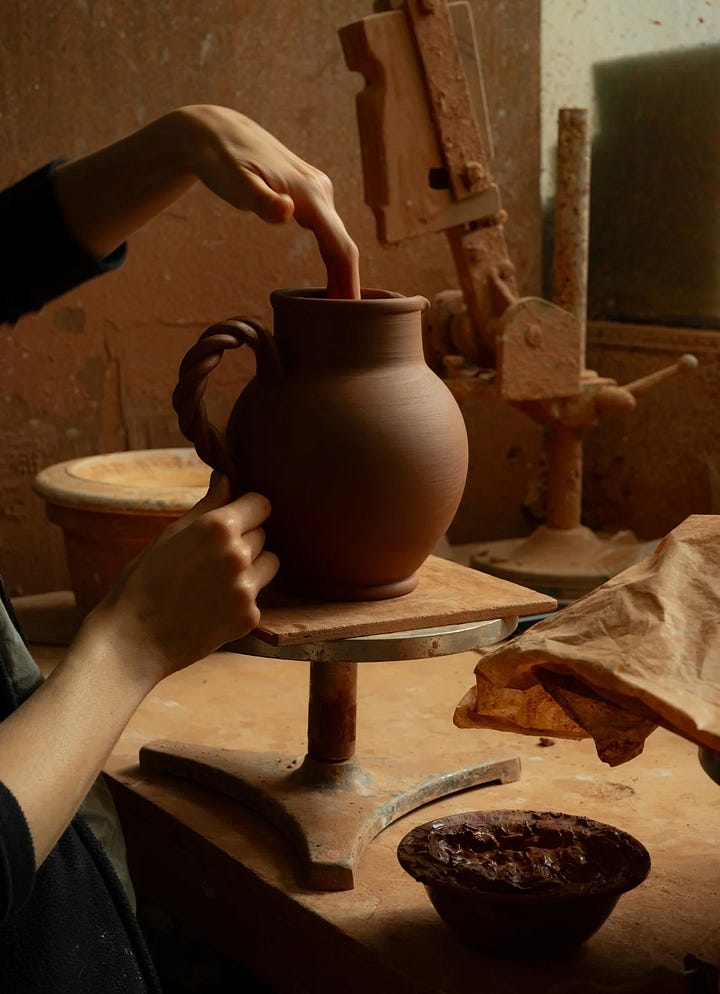
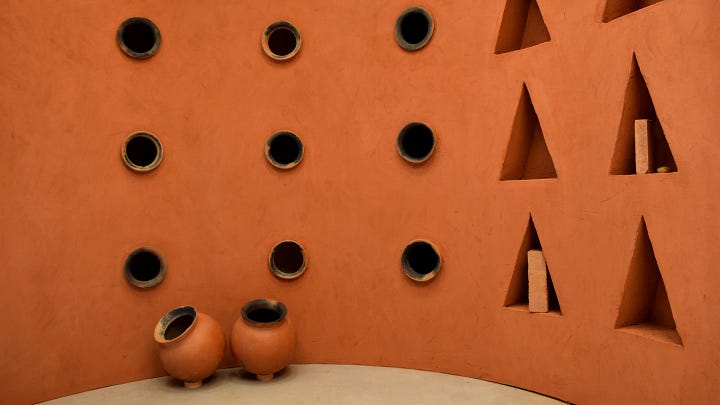
Ralph Pucci’s Design Miami space is also embodying the warm type of illuminated goodness. I naturally perk up whenever I see red and yellow.
xx
Goodbye, (Miranda?) July!
Kelsey Rose


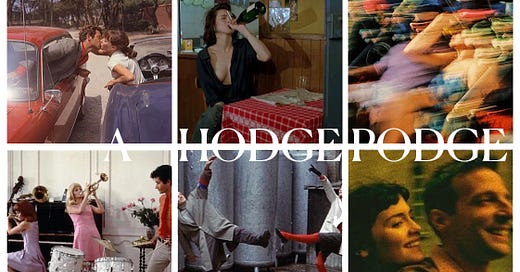


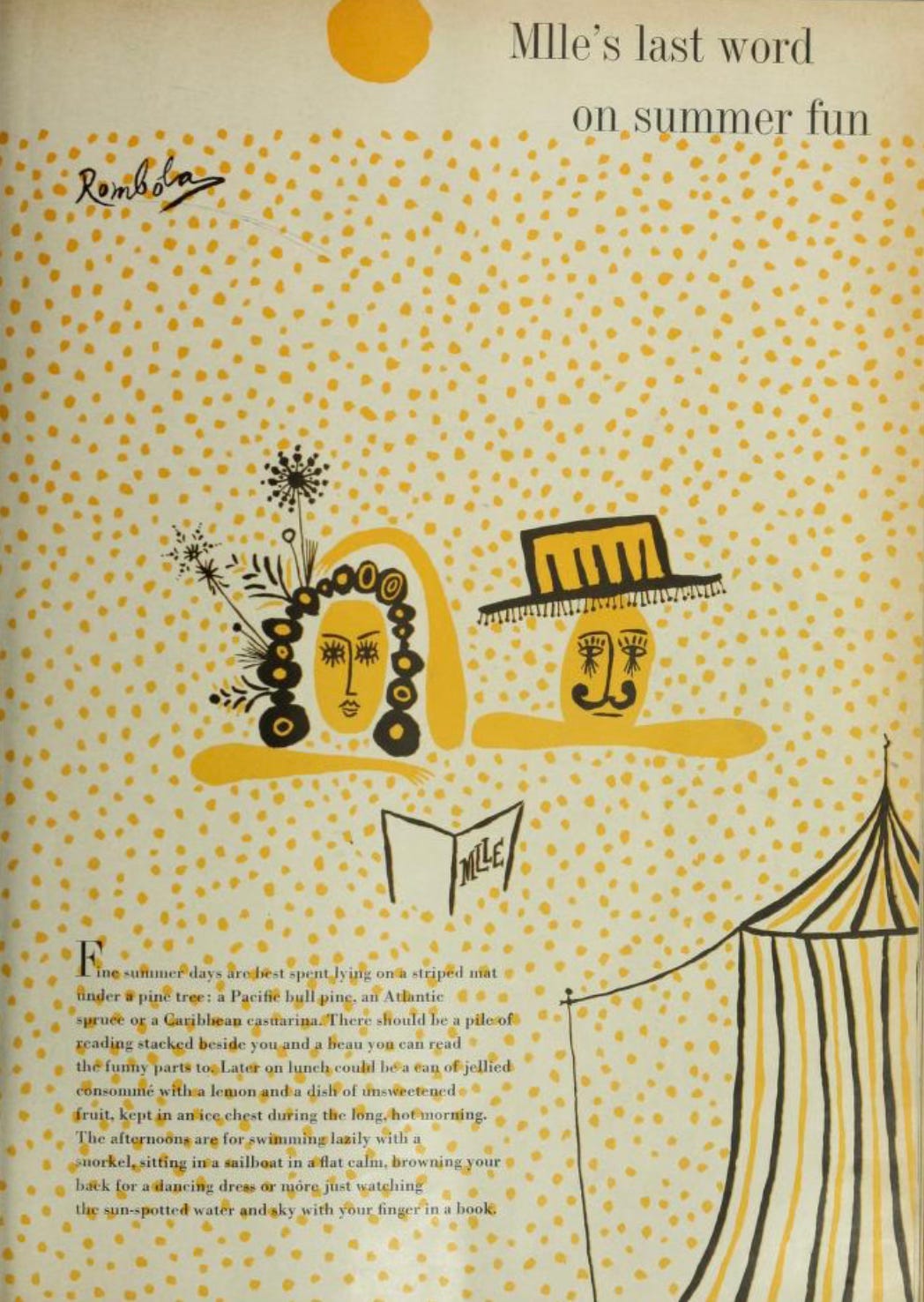
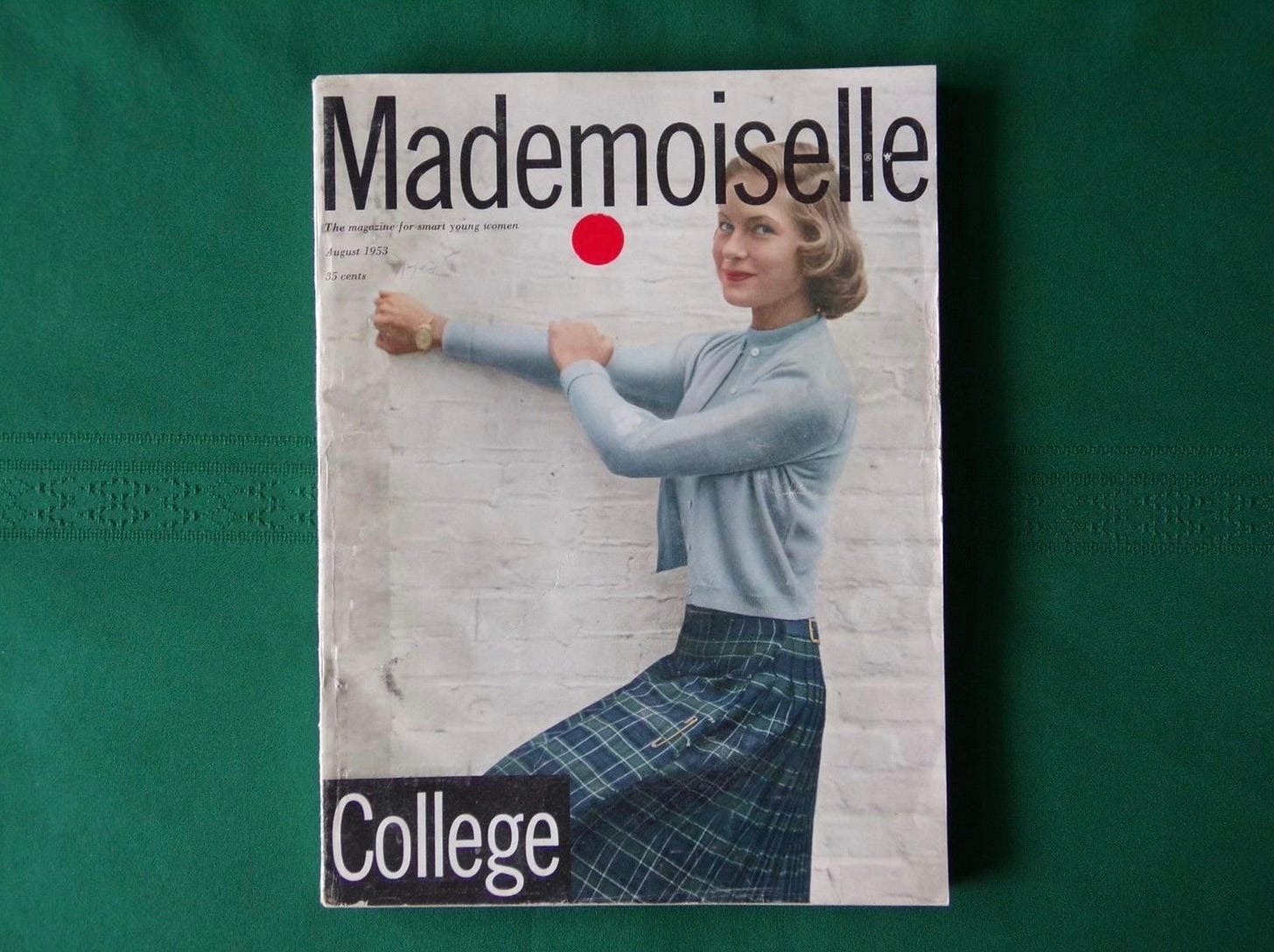
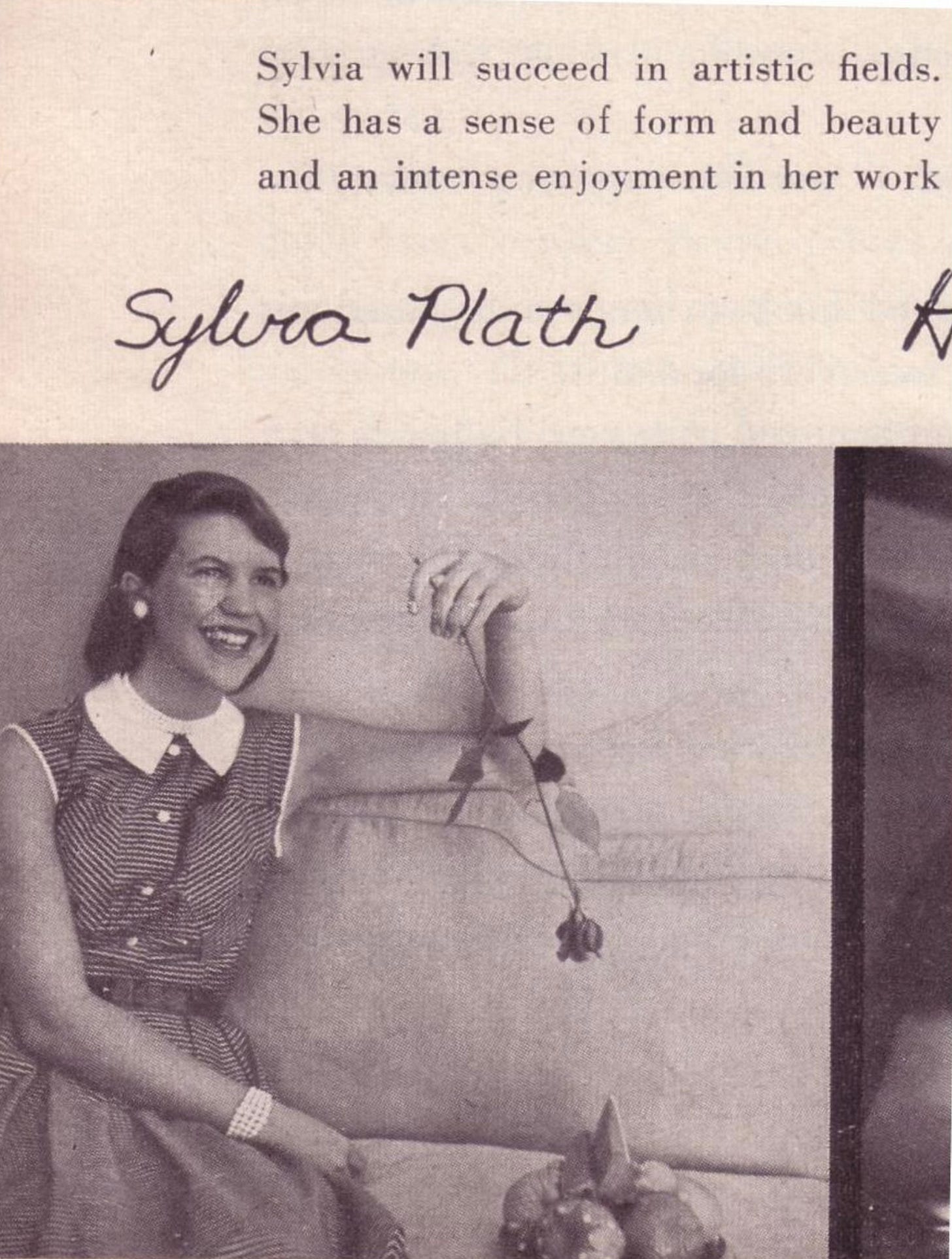
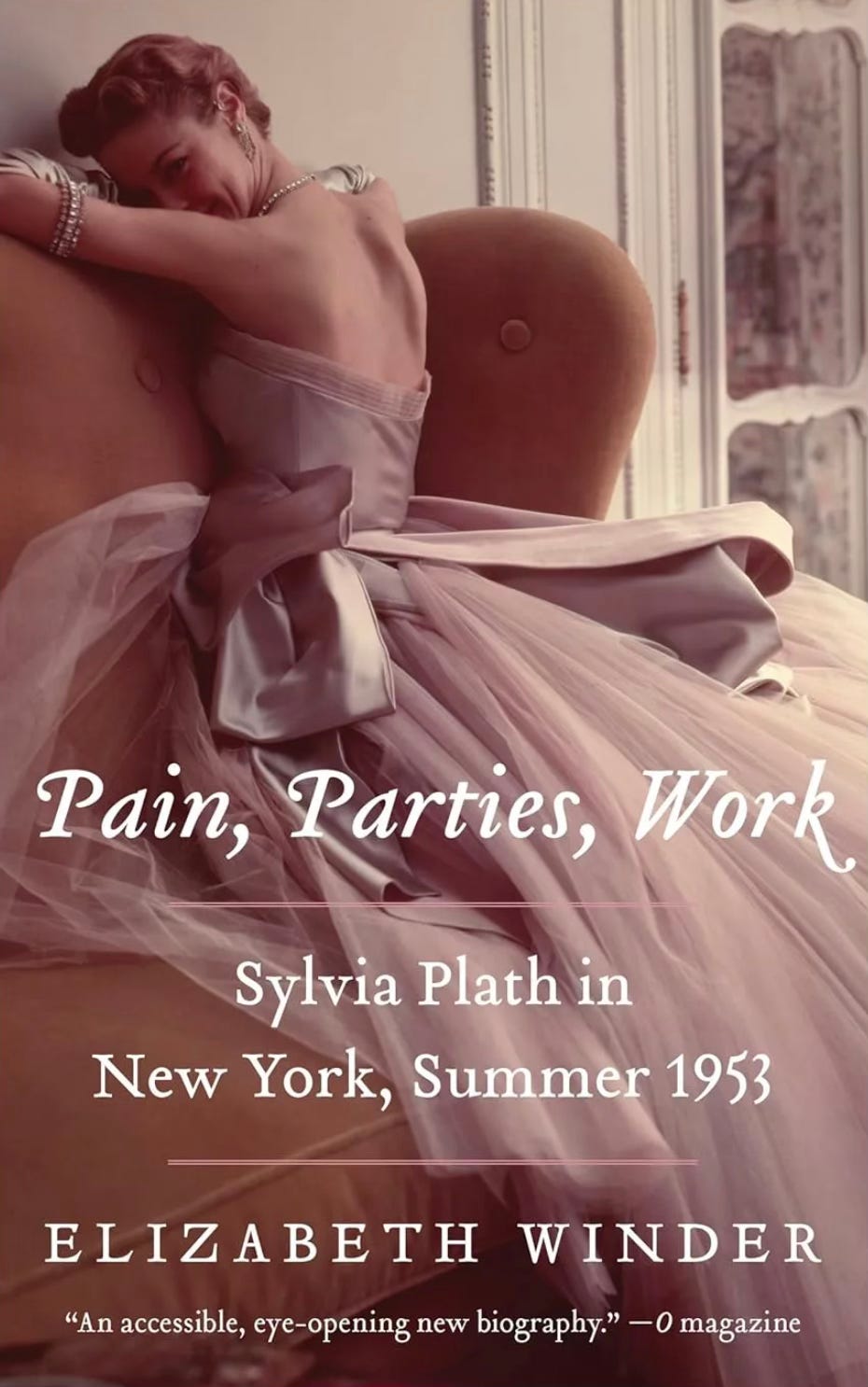
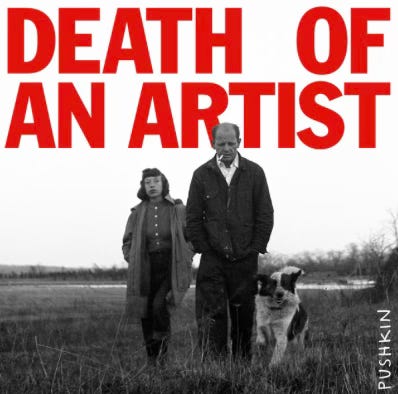
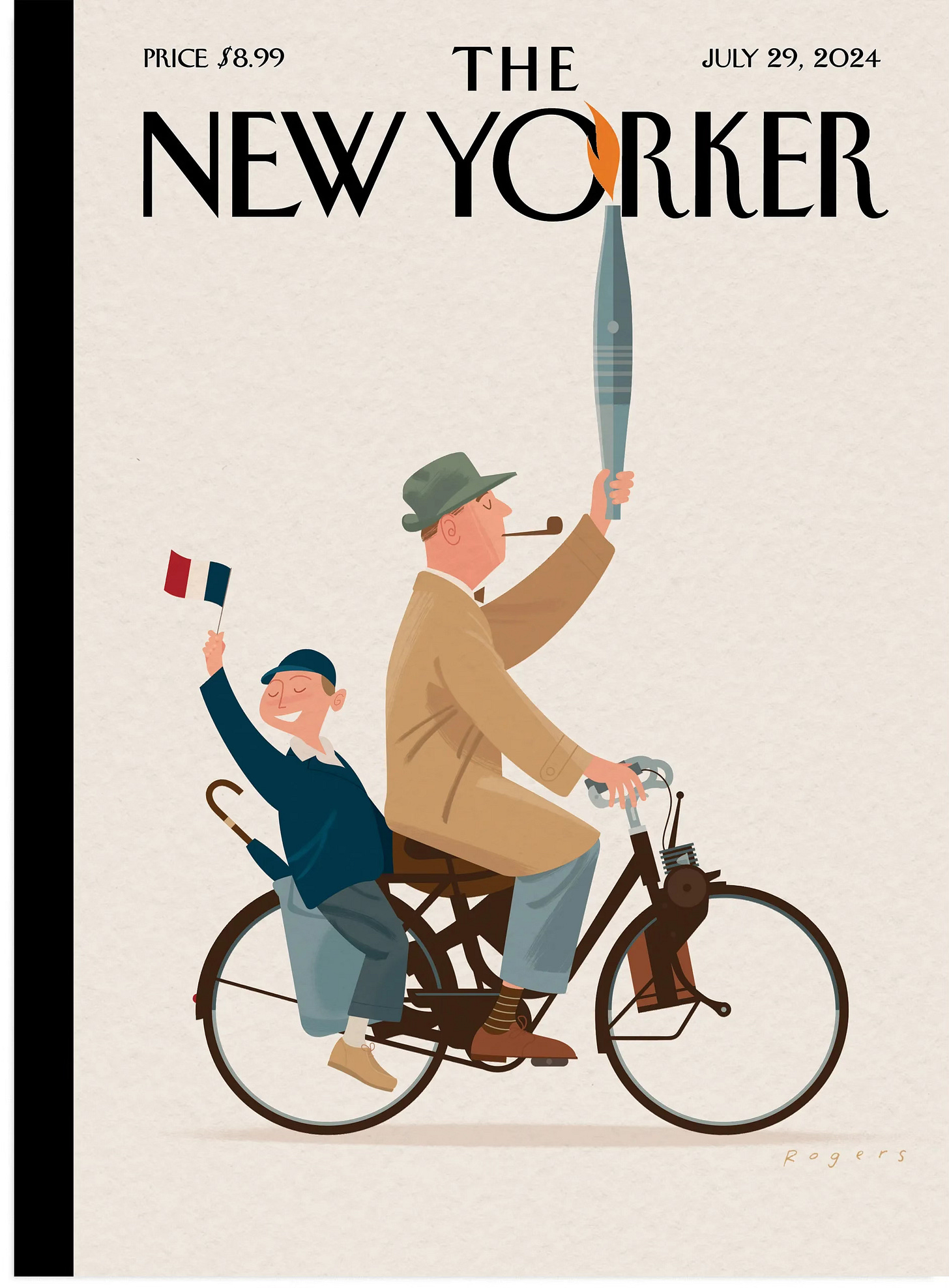
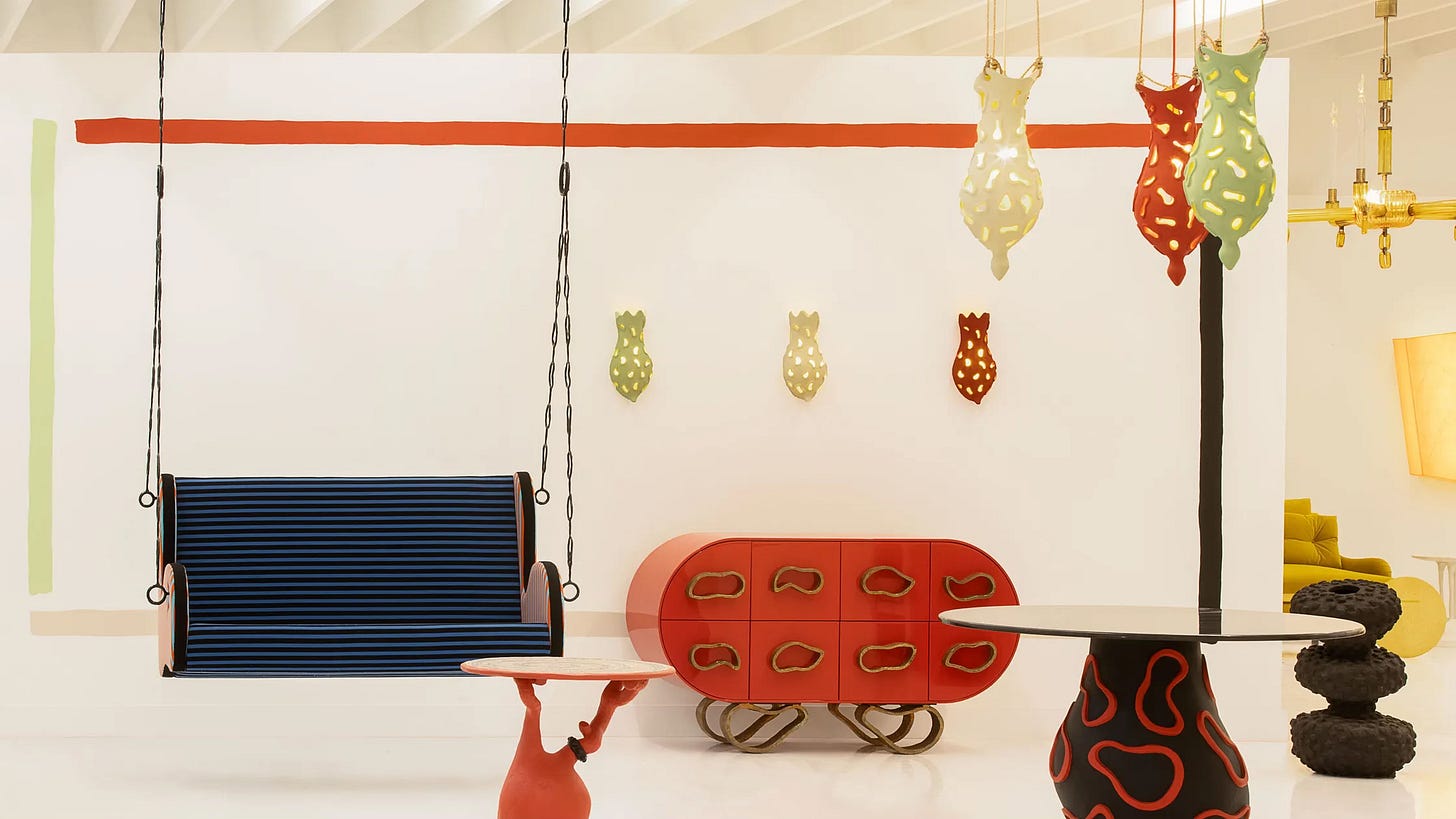
How beautiful 😻 and thank you for including me 😀
Excited to check out the book about Sylvia Plath! Two related book recs: The Barbizon by Paulina Bren, a history of the hotel which includes the Mademoiselle era, and The Dollhouse by Fiona Davis, a fictionalized story set at the same time. The history and cultural influence of it is all so fascinating! Like an earlier version of the Chelsea Hotel.